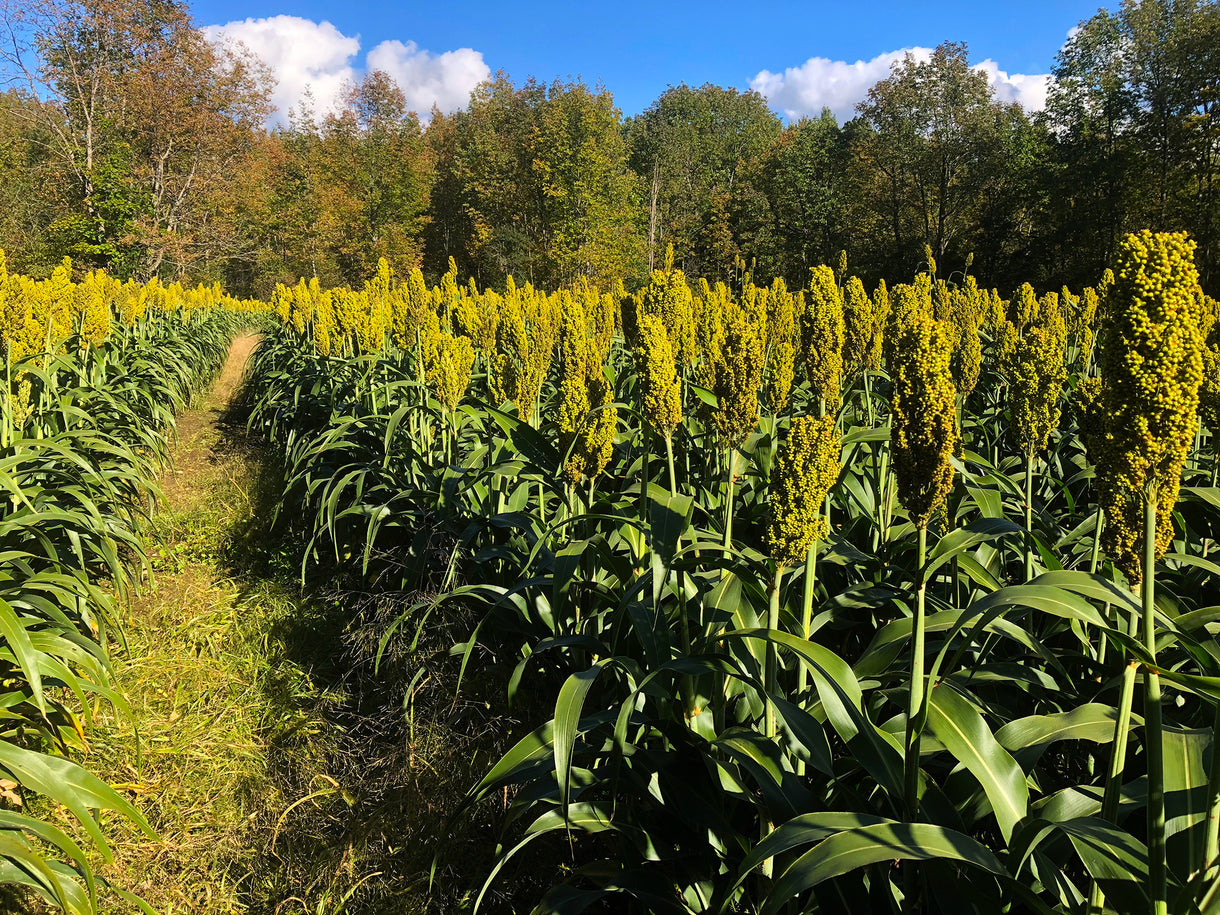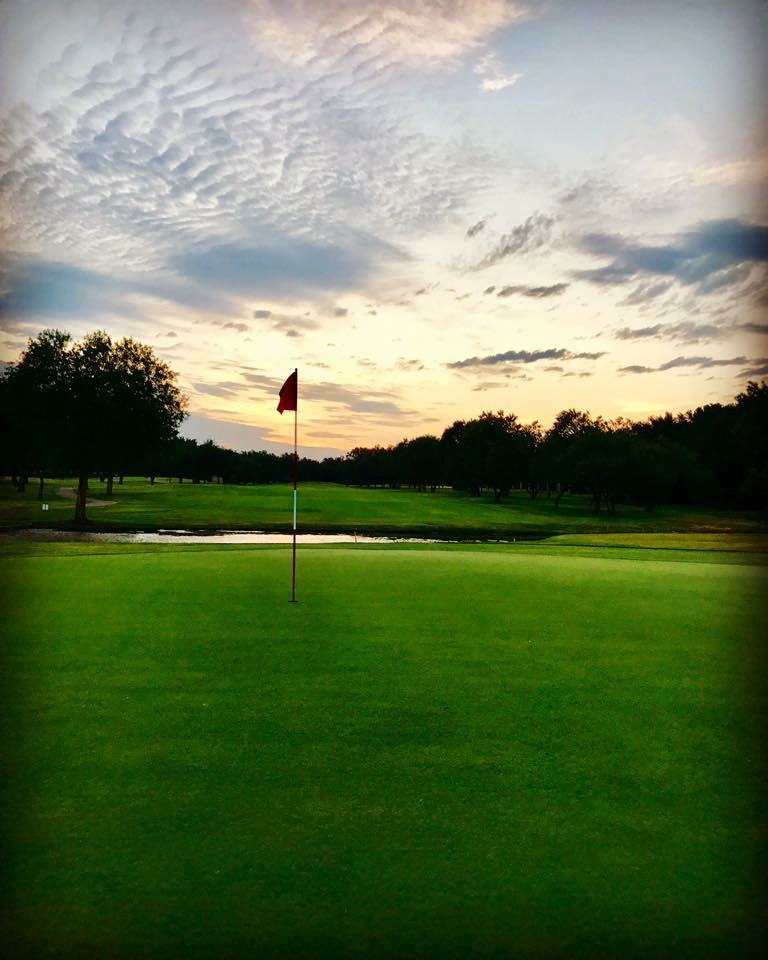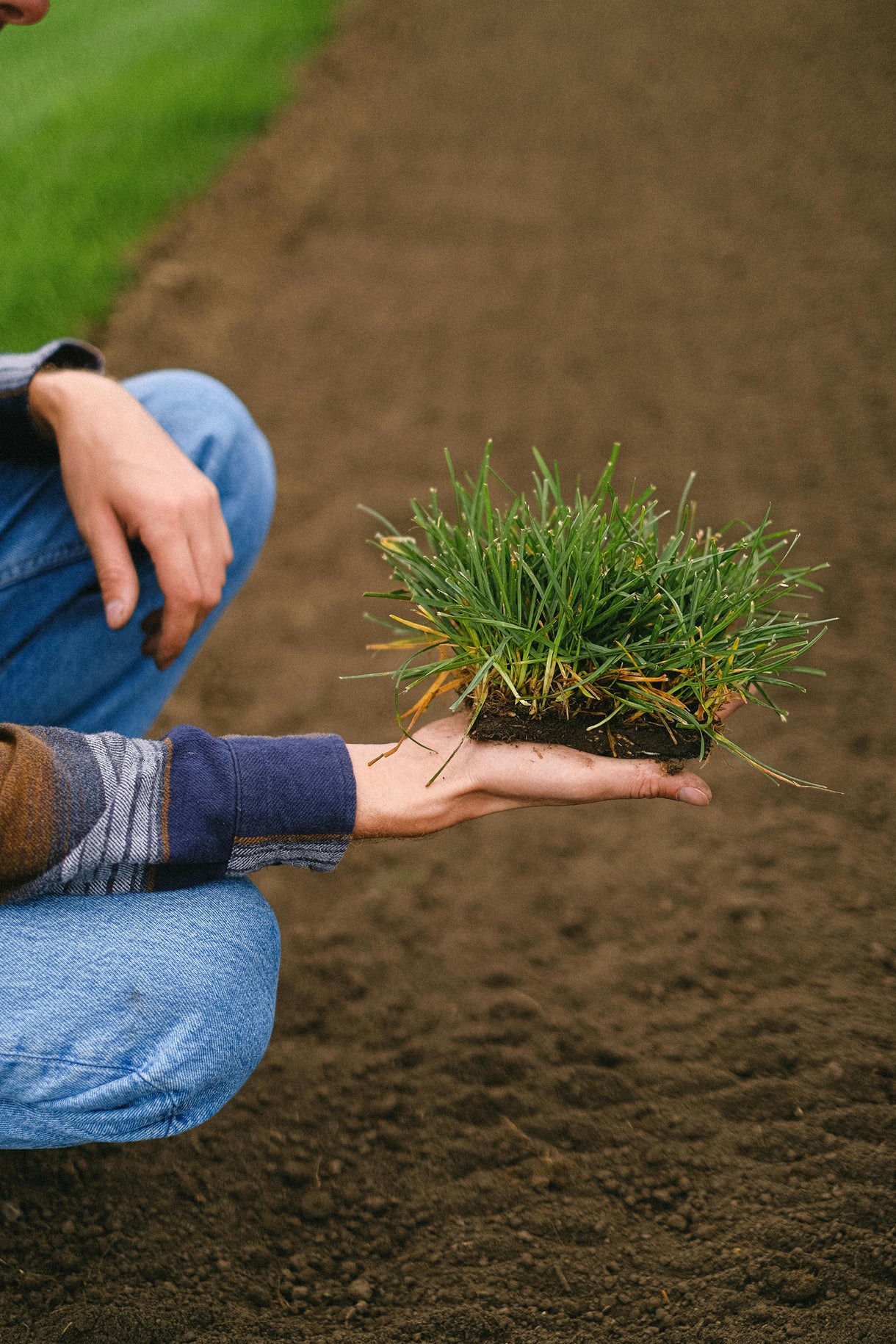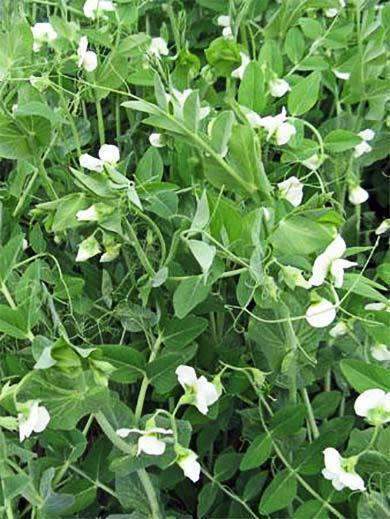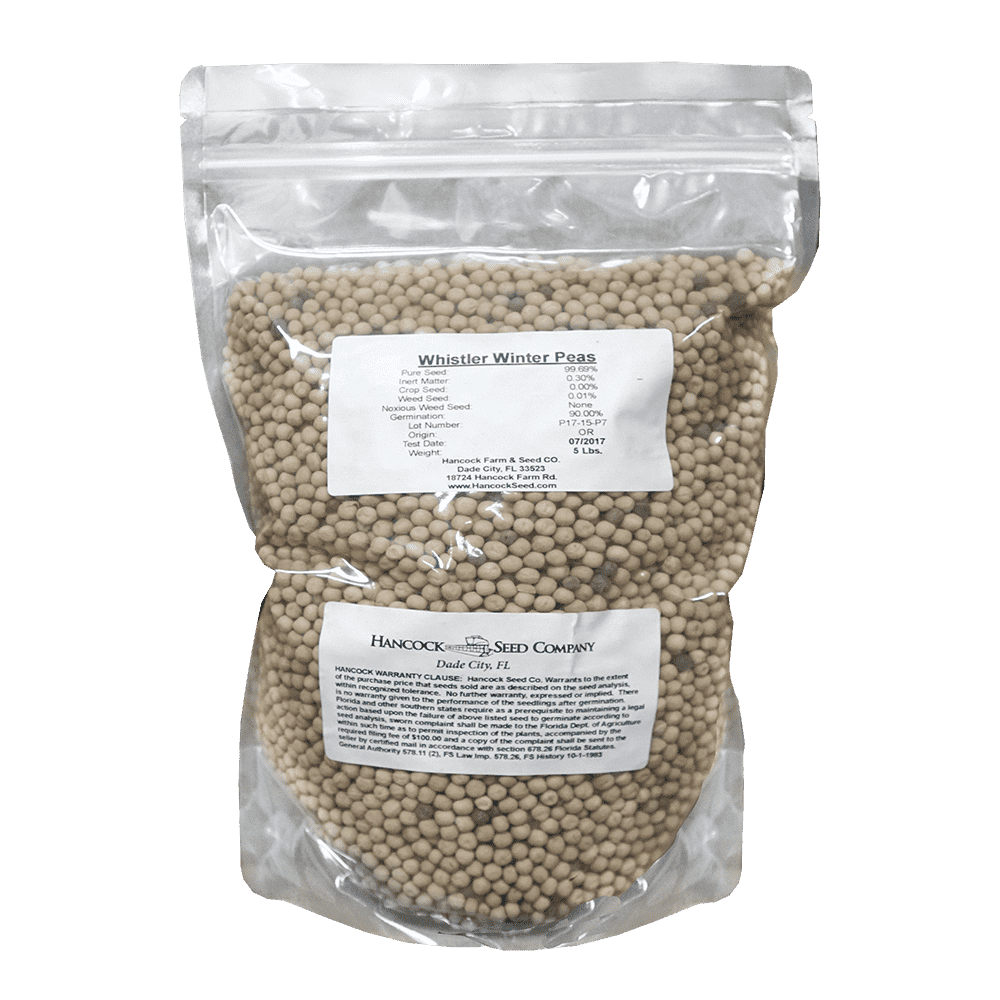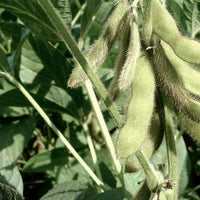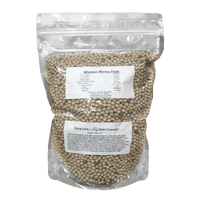Need help? Contact us
Popular Products
- Millet Seed
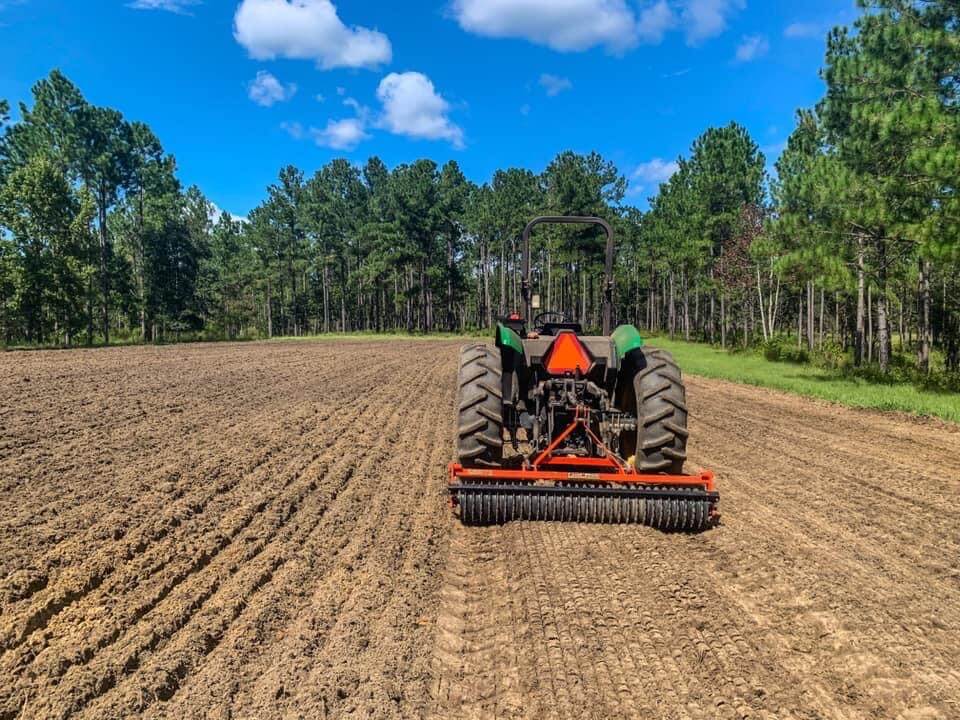
Shop by Region
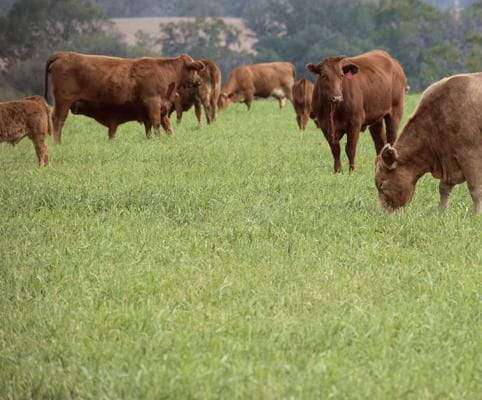
Pasture seed mixes

Request a custom seed mix
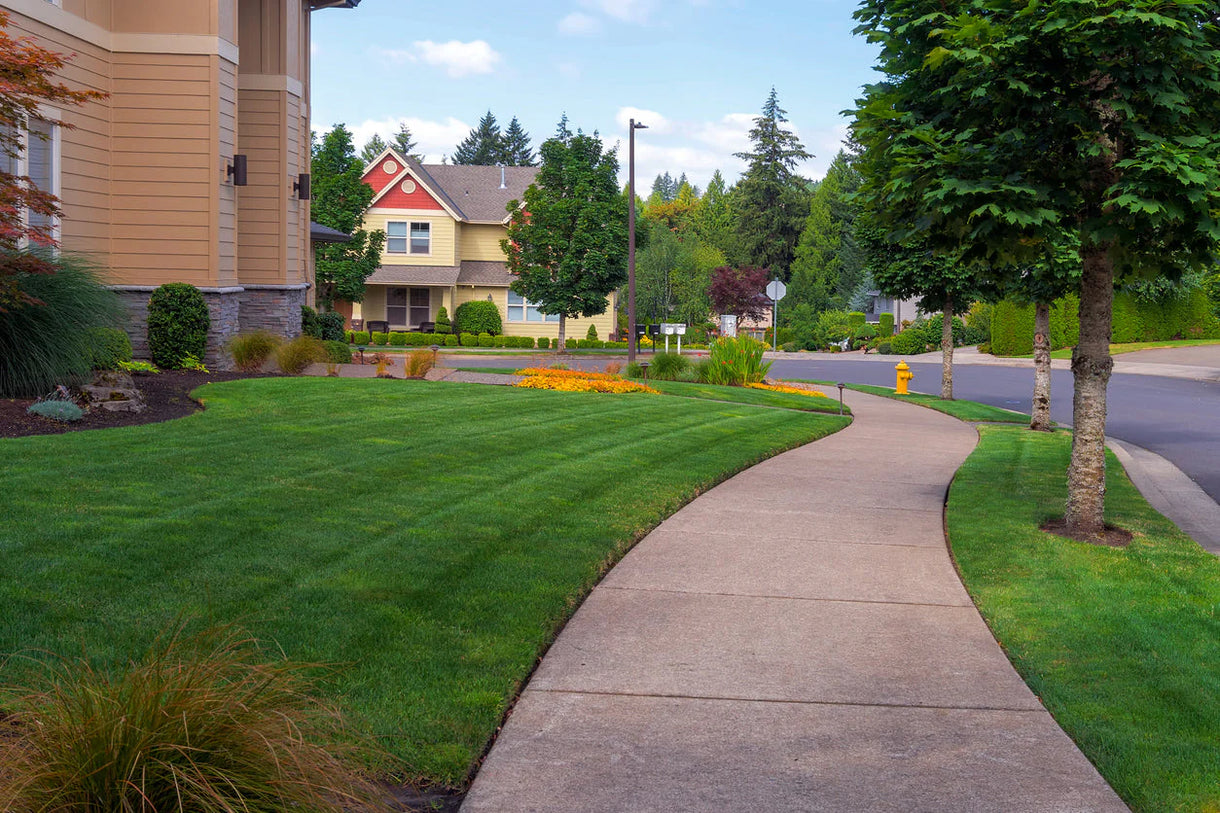
Contact us

Beautiful Blooms with Hancock Seed
- Hancock's Grass Seed
- Hancock's Food Plot Mixes
- Hancock's Pasture Seed Mixes
- Hancock's Speciality Mixes
- Hancock's Signature Apparel
- Hancock's Grass Seed Mixes
- Bahia Grass Seed
- Bentgrass Seed
- Bermuda Grass Seed
- Bluegrass Seed
- Brome Grass Seed
- Buffalo Grass Seed
- Carpetgrass Seed
- Centipede Grass Seed
- Crabgrass Seed
- Dichondra Seed
- Fescue Grass Seed
- Lovegrass Seed
- Mulato II Grass Seed
- Native Grass Seed
- Orchardgrass Seed
- Reed Canary Grass Seed
- Rhodes Grass Seed
- Ryegrass Seed
- Seashore Paspalum Grass Seed
- Switchgrass Seed
- Teff Grass Seed
- Timothy Grass Seed
- Zoysia Grass Seed
- Alfalfa Seed
- Aeschynomene Seed (Deer Vetch)
- Birdsfoot Trefoil Seed
- Carpon Desmodium Seed
- Chufa Seed
- Clover Seed
- Hairy Indigo Seed
- Vetch Seed
- Lab Lab Seed
- Lespedeza Seed
- Lupine Seed
- Perennial Peanut Seed
- Pea Seed
- Sesbania Seed
- Soybean Seed
- Sunn Hemp Seed
- Bird Seed
- Buckwheat
- Camelina Seed
- Corn Seed
- Chicory Seed
- Dichondra Seed
- Okra Seed
- Phacelia Seed
- Sesame Seed
- Gotta Go Grass with Tray
- Hancock's Signature Series Food Plot Seed
- Deer Food Plot
- Dove Food Plot
- Turkey Food Plot
- Quail Food Plot
- Duck Food Plot Seed
- Aeschynomene
- Alfalfa Seed
- Bahia
- Barley
- Birdsfoot Trefoil
- Buckwheat
- Canary
- Carpon Desmodium
- Clover
- Corn
- Fescue
- Grain Rye
- Hairy Indigo
- Kale
- Lab Lab
- Lespedeza
- Lupine
- Sorghum
- Millet
- Native
- Oat
- Pea
- Phacelia
- Radish
- Rye Grain
- Ryegrass
- Sesbania
- Sorghum
- Soybean
- Sunflower
- Sunn Hemp Seed
- Teff
- Triticale
- Turnip
- Vetch
- Wheat
- Hancock's Pasture Seed Mixes
- Aeschynomene
- Alfalfa
- Bahia
- Bermuda
- Birdsfoot Trefoil
- Brome
- Buckwheat
- Canarygrass
- Carpon Desmodium
- Crabgrass
- Chicory
- Clover
- Fescue
- Grain Rye
- Grass Seed Mixes
- Hairy Indigo
- Kale
- Lab Lab
- Lespedeza
- Millet
- Mulato II
- Native
- Oat
- Orchardgrass
- Pea
- Phacelia
- Rape Seed
- Rhodes
- Ryegrass
- Sorghum
- Soybean
- Sugar Beet
- Sunflower
- Sunn Hemp
- Switchgrass
- Timothy
- Triticale
- Turnip
- Vetch
- Wheat
- Aeschynomene (Deer Vetch)
- Alfalfa
- Barley
- Buckwheat
- Brassica
- Buckwheat
- Clover
- Grain Rye
- Lab Lab
- Millet
- Oat
- Pea
- Soybean
- Sunflower
- Warm Climate Lawn & Turf
- Warm Climate Food Plot
- Warm Climate Cover Crop Seed
- Warm Climate Forage & Pasture Seed
- Warm Homestead Seed
Popular Products
- Home
- Beans and Peas
- Peas Fodder Seed
- Whistler Winter Pea Seed
Whistler Winter Pea Seed

Bulk Savings
Ordering a lot of seed? Let us offer you our best Farmer Direct pricing! Click the button below to get your FREE quote started.
Seed Quality
Hancock Seed is dedicated to delivering the best seeds possible to our customers. Hancock Seed grows and harvests many of our products, and we acquire the majority of the rest from other family farmers.
All these seeds are processed, packaged and shipped from Hancock Farm. This helps us ensure that our high standards are met. Unlike much of the competition, we refuse to sell you a seed that was not gathered during the last harvest. You will always receive fresh product from Hancock.
Every seed we grow comes with 40 years of experience behind it...you can rest assured that all of our products are cultivated in a method that assures its potential for growth.








